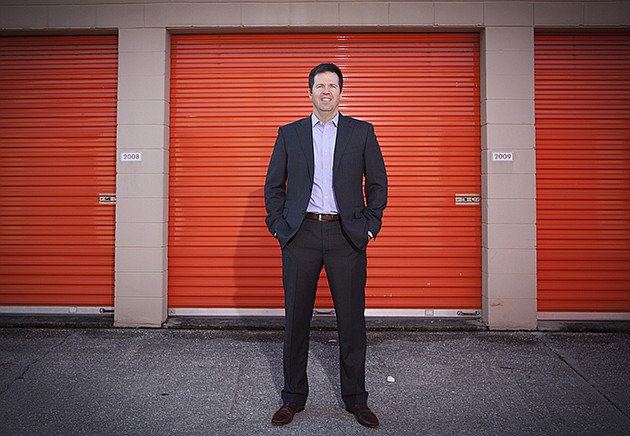- November 25, 2024
-
-
Loading

Loading

A growing number of real estate investors looking at the Gulf Coast are choosing to park their money where a lot of customers park their stuff — in self-storage.
From the Value Self Storage in Venice to the StoreSmart in Naples, self-storage transactions have been more frequent this year, and prices keep rising.
Michael Mele, senior vice president of investments and founder of Tampa's The Mele Group of Marcus & Millichap, has seen his group's transaction volume increase by more than 30% this year. His group specializes in self-storage properties.
Jay Crotty, managing partner with the Tampa-based self storage-focused brokerage of BayView Advisors, is also feeling the increase.
“The performance of this asset class is incredibly strong,” he says. “There's been no new construction or very limited new construction. We're seeing historically high occupancy rates. The economy has continued to improve and supply is very limited and constrained.”
One big reason for the growth is interest from institutional investors.
Self-storage real estate investment trusts (REIT) have themselves to thank for the new competition. As a group, they performed well through the past decade including the economic and real estate collapse. The National Association of Real Estate Investment Trusts reports that from 2003 to 2014, self-storage REITs had only one year with a negative return, -24.82% in 2007 (See chart).
 “Wall Street blessed the class,” Crotty says. “It used to be seen as a niche class, and now you have Wall Street analysts allocating buckets of money to it.”
“Wall Street blessed the class,” Crotty says. “It used to be seen as a niche class, and now you have Wall Street analysts allocating buckets of money to it.”
That trend popped up recently in the sale of the Vista Self Storage in Orlando for $11.8 million. What's unusual, says Mele, who handled the transaction, is that the REITs lost out to operator Westport Properties Inc.
“The REIT's cost of capital is so low that they can generally outbid just about everybody,” he says. “[Westport Properties was] able to do it because they were backed by a large pension fund and a hedge fund.”
More evidence of growing prices in self storage is that capitalization rates, which measure the annual net operating income against a purchase price, have fallen to 5% or below for Class A space.
Driving this growth is the continuing strong performance of self-storage properties. Average self-storage occupancies are in the 90% range across much of the region. Prior to the recession, most of the industry thought 85% was equilibrium, essentially full occupancy for a healthy, well-run facility, Mele says.
“The thing that's ultimately driving this is the availability of attractive financing,” says Dan Miller, director of Industrial and Land Services for Colliers International Southwest Florida. “With low long-term rates, the spread is still sufficient. If they can borrow money in the high threes, then buying an investment in the low 5% still makes sense.”
While the category is growing so are some of the self-storage brokerages, with both BayView Advisors and The Mele Group targeting growth to the Midwest. Crotty's BayView Advisors just created a new Cleveland office to cover much of the middle of the United States from Minnesota to Kentucky. Senior Vice President Ryan Clark will operate it.
“[Our clients] were asking for a presence in that geographic market,” Crotty says. “It's a terrific opportunity. The yields there are a little higher with a little steadier returns. We are also looking at Texas and the Northeast for the next two.”
Mele is working with Sean Delaney, first vice president of investments at Marcus & Millichap, to create a new Chicago location.
“Sean was already a senior agent with the company [Marcus & Millichap] and has been extremely successful,” Mele says. “He and I were talking and saw there was a lot of duplication of efforts. ”
For the future, most of the market is watching rental rates and new construction, says Miller.
“If we see some new construction, a project or two in each county, then rental rates would likely rise across the board,” Miller says. “The pricing for the new construction will likely be higher than the base and most likely the others will raise their rents. Then it's just a question of if the market will bare it.”
- Sean Roth